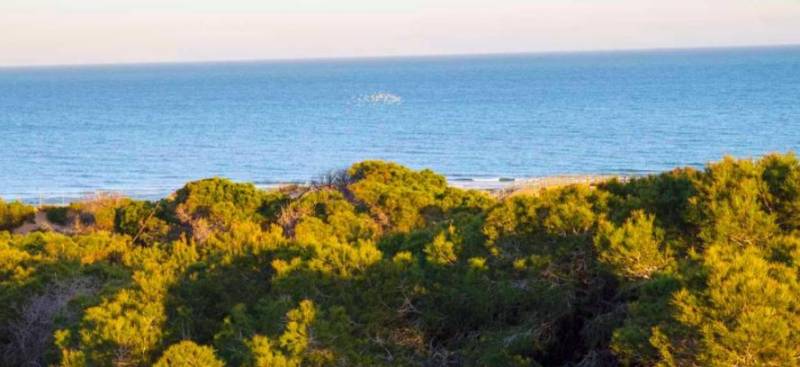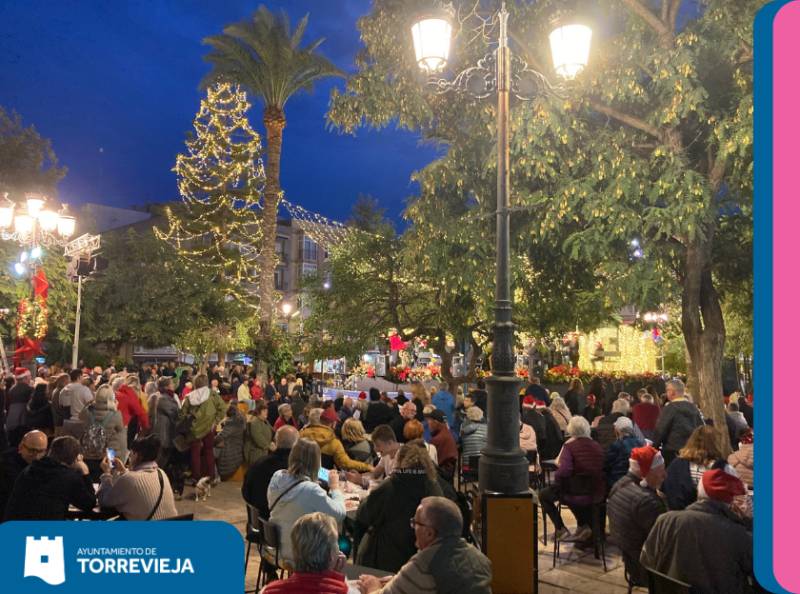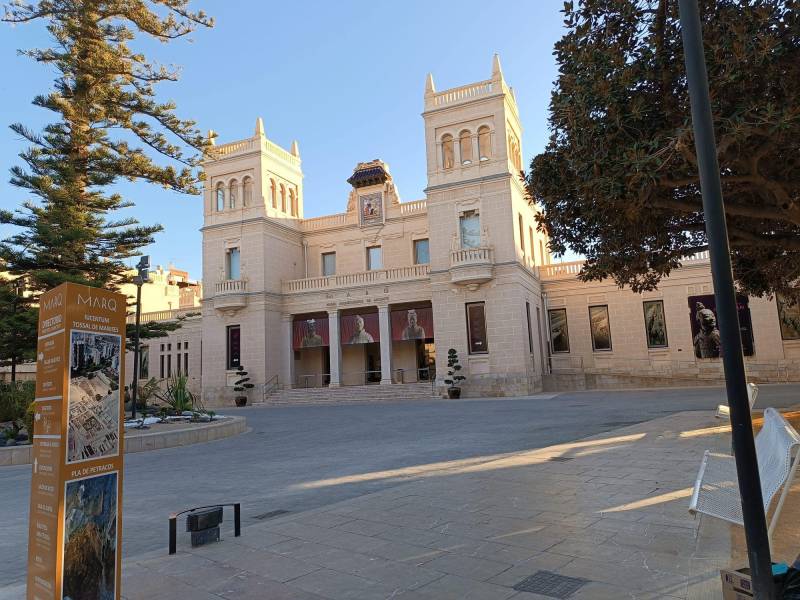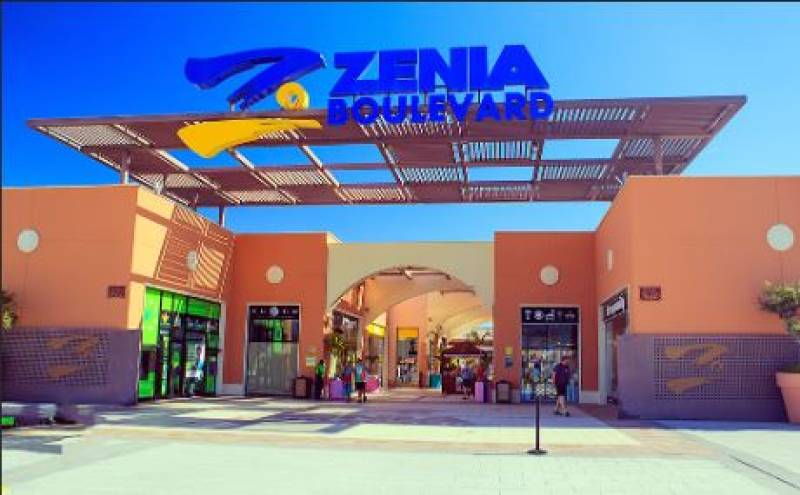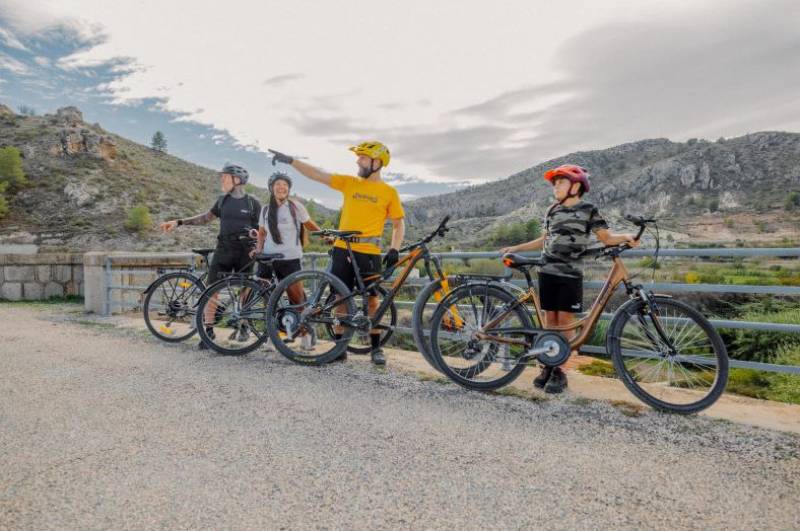- Region
- Vega baja
- Marina Alta
- Marina Baixa
- Alicante
- Baix Vinalopo
- Alto & Mitja Vinalopo
-
ALL TOWNS
- ALICANTE TOWNS
- Albatera
- Alfaz Del Pi
- Alicante City
- Alcoy
- Almoradi
- Benitatxell
- Bigastro
- Benferri
- Benidorm
- Calosa de Segura
- Calpe
- Catral
- Costa Blanca
- Cox
- Daya Vieja
- Denia
- Elche
- Elda
- Granja de Rocamora
- Guardamar del Segura
- Jacarilla
- Los Montesinos
- Orihuela
- Pedreguer
- Pilar de Horadada
- Playa Flamenca
- Quesada
- Rafal
- Redovan
- Rojales
- San Isidro
- Torrevieja
- Comunidad Valenciana
article_detail
Date Published: 20/03/2023
Discover the Phoenician past of Guardamar del Segura with a tour of La Fonteta
Declared an Asset of Cultural Interest (BIC), this Archaeological Protection Area in Alicante province holds the secrets of a centuries-old society
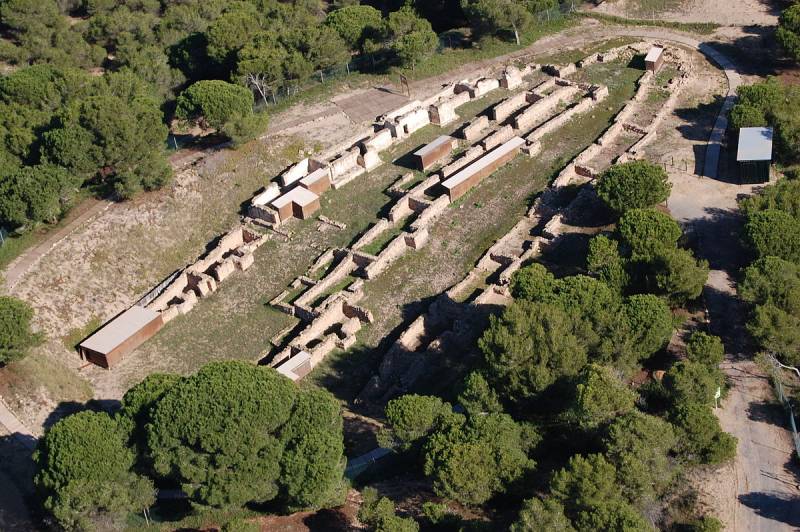
The ancient Phoenician port city known as La Fonteta is located at the mouth of the Segura River, in the municipality of Guardamar del Segura.
It has been declared an Asset of Cultural Interest (BIC) and is made up of an urban development from the Phoenician colonial period (8th-5th centuries BC) covered by the sand dunes and close to the Rábita Califal.
The incredible site is also on the cusp of being confirmed a UNESCO World Heritage site - the fourth in Alicante province joining Elche's El Palmeral, Museo Escolar de Pusol, a centre of traditional culture, and Misteri d'Elx.
The National Committee of ICOMOS (International Council on Monuments and Sites created in 1965), the only international non-governmental organisation associated with Unesco that aims to protect and conserve cultural heritage, is supporting a joint candidacy to include several Mediterranean rabbis from different periods.
Thus, the international proposal, led by Tunisia and Egypt, includes Morocco, Algeria, Portugal, Italy and of course, Spain.
"In our country there are more, but the one in Guardamar is the best preserved thanks to the sand," explains Francisco Javier Parres, the municipality's cultural curator.
In this initial phase, the dossier has been opened and all these countries are being coordinated, so that the candidacy will be presented in 2025 and resolved in 2026.
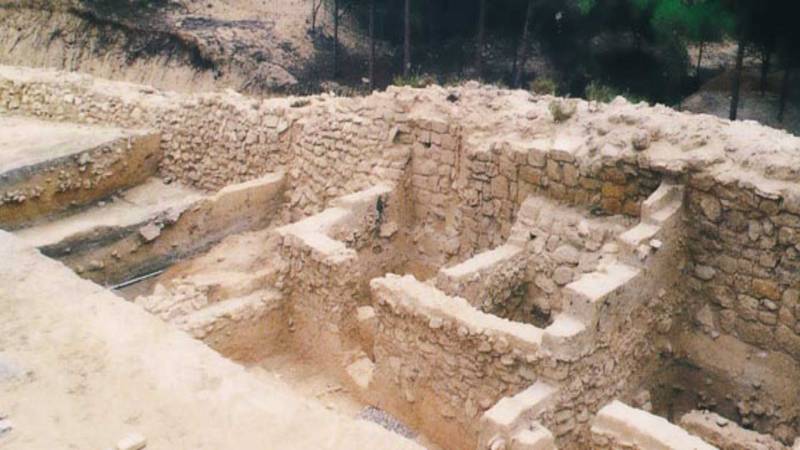 The Town Hall opened the mysterious 10th-century Caliphate rabita to guided tours in 2022 from June until December, and in the first three months alone, more than 2,000 people passed through its historic walls.
The Town Hall opened the mysterious 10th-century Caliphate rabita to guided tours in 2022 from June until December, and in the first three months alone, more than 2,000 people passed through its historic walls.Now, this incredible site can be explored on Fridays, Saturday and Sundays from the end of March through to the December for just 5 euros. There are also two mid-week tours for free. The tour covers a distance of 2.5km and takes around two-and-a-half hours. Visit Guardamar del Segura Town Hall's website to find out more.
La Fonteta - Rábita Califal
Archaeological excavation has brought to light the remains of a monumental wall with a bastion, perimeter streets and terraced houses on its inner side, as well as neighbourhoods of houses built outside the walls of the fortified enclosure.
The heritage value of La Fonteta is enormous; it is one of the most complex and best-preserved Phoenician cities in the entire Mediterranean.
The settlement has three phases. The earliest phase begins in the mid-8th century BC and consists of a system of dwellings with adobe walls and roofs supported by wooden posts.
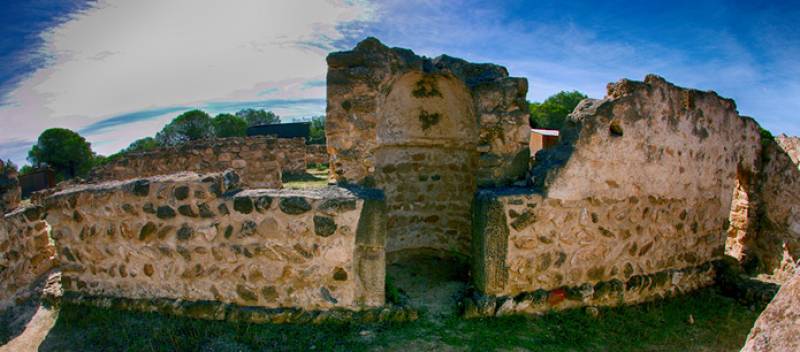 The second phase, dating from around the 7th century BC, is characterised by a powerful wall 4-5 metres wide and almost 10 metres high, with projecting bastions and a V-shaped moat.
The second phase, dating from around the 7th century BC, is characterised by a powerful wall 4-5 metres wide and almost 10 metres high, with projecting bastions and a V-shaped moat.Experts claim this demonstrates that at some point during this period, the need arose to protect the commercial emporium of La Fonteta from enemies. The construction systems became increasingly complex and were built with stones plastered with mud.
Part of the wall has been exhumed and canvases more than four metres high have been preserved, as well as attached rooms and glimpses of what would have been a block of houses and the urban fabric.
From the excavated rooms it can be deduced that there was a metallurgical industry. The construction system was improved over time, with better cladding and floors, especially in this last phase of construction, which ended around the 6th century BC with the abandonment of La Fonteta.
In addition to the buildings, several artefacts have also been unearthed at La Fonteta, and a wide repertoire of Phoenician ceramics has been documented: plates, amphorae, red-glazed lamps and much more.
Archaic Greek pottery, objects from the metallurgical industry, funerary stelae and objects used in rituals such as ostrich and ivory eggs have also been found. And there are indications that a temple or sanctuary existed in the city, but these have not yet been discovered.
La Fonteta has undergone extensive restoration work, and is an Asset of Cultural Interest that really can't be missed.
Image 1: Wikimedia
Image 2: Comunitat Valenciana
Image 3: Guardamar Turismo
Image 2: Comunitat Valenciana
Image 3: Guardamar Turismo
staff.inc.ali
Loading
Sign up for the Spanish News Today Editors Roundup Weekly Bulletin and get an email with all the week’s news straight to your inbox
Special offer: Subscribe now for 25% off (36.95 euros for 48 Bulletins)
OR
you can sign up to our FREE weekly roundup!
Read some of our recent bulletins:
Discount Special Offer subscription:
36.95€ for 48 Editor’s Weekly News Roundup bulletins!
Please CLICK THE BUTTON to subscribe.
(List price 3 months 12 Bulletins)
Read more stories from around Spain:
Contact Murcia Today: Editorial 000 000 000 /
Office 000 000 000











